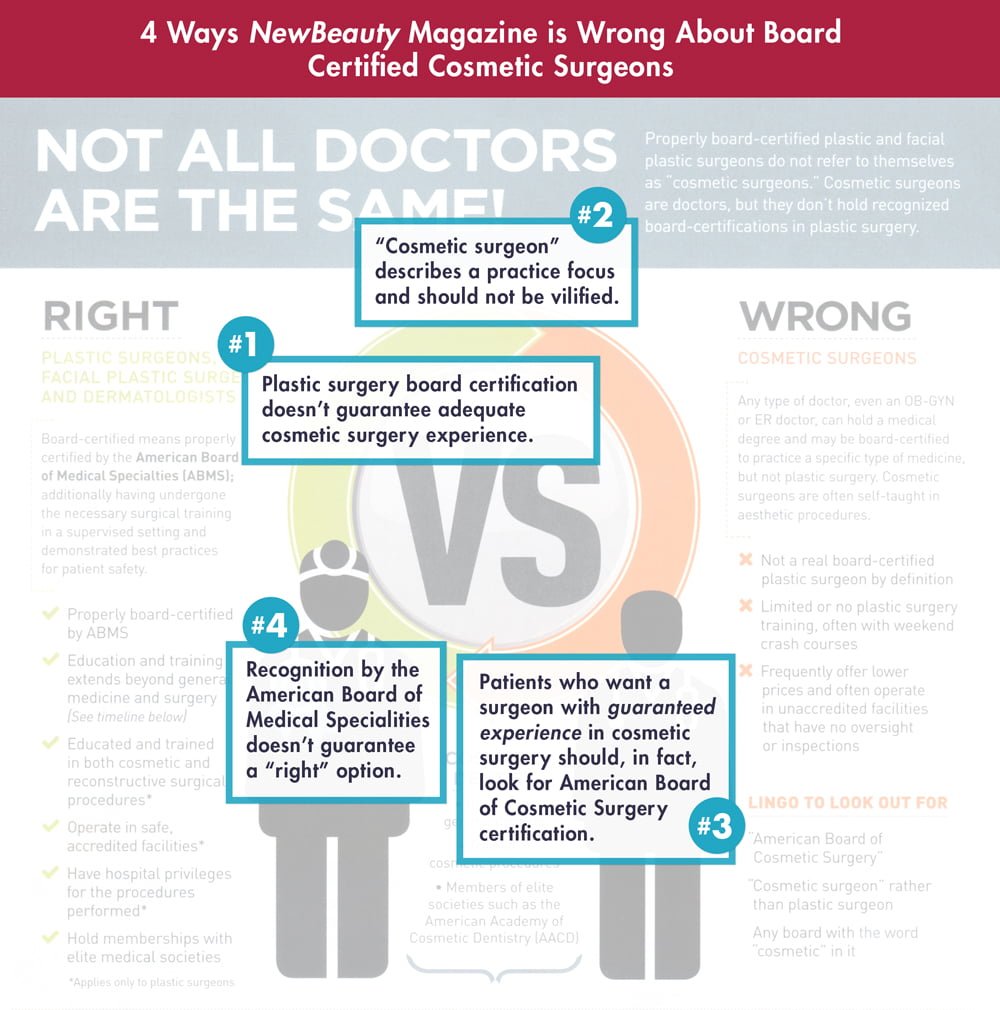Hormonal Imbalances In Adult Acne
Hormonal Imbalances In Adult Acne
Blog Article
Pros and Cons of Laser Resurfacing
In the hands of a proficient specialist, laser resurfacing is a safe and effective means to treat scarring, wrinkles, sunlight damage, and other blemishes. Select a practitioner based upon their experience, training and certifications rather than merely the cost or brand of laser system.
Nonetheless, it is necessary to understand the pros and cons of this cosmetic procedure.
Cost
Laser resurfacing can help decrease the appearance of age spots and sun damage, leaving the skin with a more even texture. It can also be used to treat scars and enlarged oil glands on the nose.
The cost of laser resurfacing varies widely, depending on the type of treatment and the location. Patients should always request for a detailed breakdown of the costs prior to accepting the treatment. On top of that, several insurance policy providers do not cover the treatment, yet some might if it is considered clinically required. Furthermore, financing options are available through facilities and clinical charge card such as CareCredit. These choices can relieve the concern of upfront expenses, yet people must very carefully evaluate the repayment terms before picking a strategy.
Generally, laser resurfacing provides better results than chemical peels and dermabrasion. Nonetheless, it can not change a renovation or neck lift. Additionally, it is not an effective treatment for loosened skin, which needs surgical treatment to tighten.
Downtime
Although laser skin resurfacing can be an effective therapy for creases, acne scarring, and other skin blemishes, it calls for considerable downtime. Nevertheless, the recovery procedure is normally brief and relatively pain-free. The downtime is needed since the laser breaks apart skin cells and stimulates brand-new growth. This results in smoother, tighter, and extra vibrant looking skin.
There are a number of laser resurfacing treatments readily available, and the very best one for your particular needs will certainly depend upon the type of skin trouble you wish to deal with. A qualified skin care expert will have the ability to figure out the type of laser that would certainly function best for you.
If you choose a nonablative laser, you can anticipate little or no downtime. You might experience redness and swelling for a couple of days, however this can be minimized by using moisturizing lotion freely and taking ibuprofen as required. It is likewise important to stay clear of vulnerable sunlight direct exposure following a laser therapy.
Adverse effects
The success of laser resurfacing depends on a number of factors, consisting of a knowledgeable and educated individual, a skilled medical professional and a proper postoperative recovery routine. Major complications can happen.
Typical light side effects of laser skin resurfacing are soreness, itching and crusting. You may additionally experience moderate bruising and abrasions. If you have herpes simplex infection (HSV) and get a fever blister outbreak in the therapy area, your physician may suggest antiviral medication prior to and after your treatment session.
Akhavan compares the recovery process to that of a paper cut, claiming that it takes regarding a week for the injury to close up and for the cells to start producing brand-new tissue. He encourages his clients to stay clear of severe cleansers throughout recovery and rather use a mild, fragrance-free cleanser or delicate skin formula. He likewise advises them spa to wear sun block and minimize sunlight exposure. He suggests that customers get their therapies on a schedule to ensure that they're not disrupted by a getaway or various other event.
Security
Laser resurfacing is a really risk-free treatment in the hands of a trained and experienced provider. Nevertheless, in the hands of an unskilled individual or a professional using a mediocre laser system, it can be uncomfortable and unsafe.
During laser treatment, the treatment team cleanses the location and applies a numbing cream. After that, the laser produces short, high-intensity beams that damage damaged external layers of skin. The laser additionally heats underlying skin, promoting collagen development to improve structure and suppleness.
The procedure can decrease great lines, age places and uneven complexion in most individuals. It can not treat deep marks and drooping skin, however.
The most typical negative effects of laser resurfacing include inflammation and swelling (erythema). Various other possible complications include hypopigmentation, skin eruptions and dermatitis, and herpes simplex or herpes outbreaks. Precautions for herpes simplex consist of antiviral drug, such as valacyclovir or acyclovir, beginning two days before treatment and proceeding till seven to 10 days after treatment.